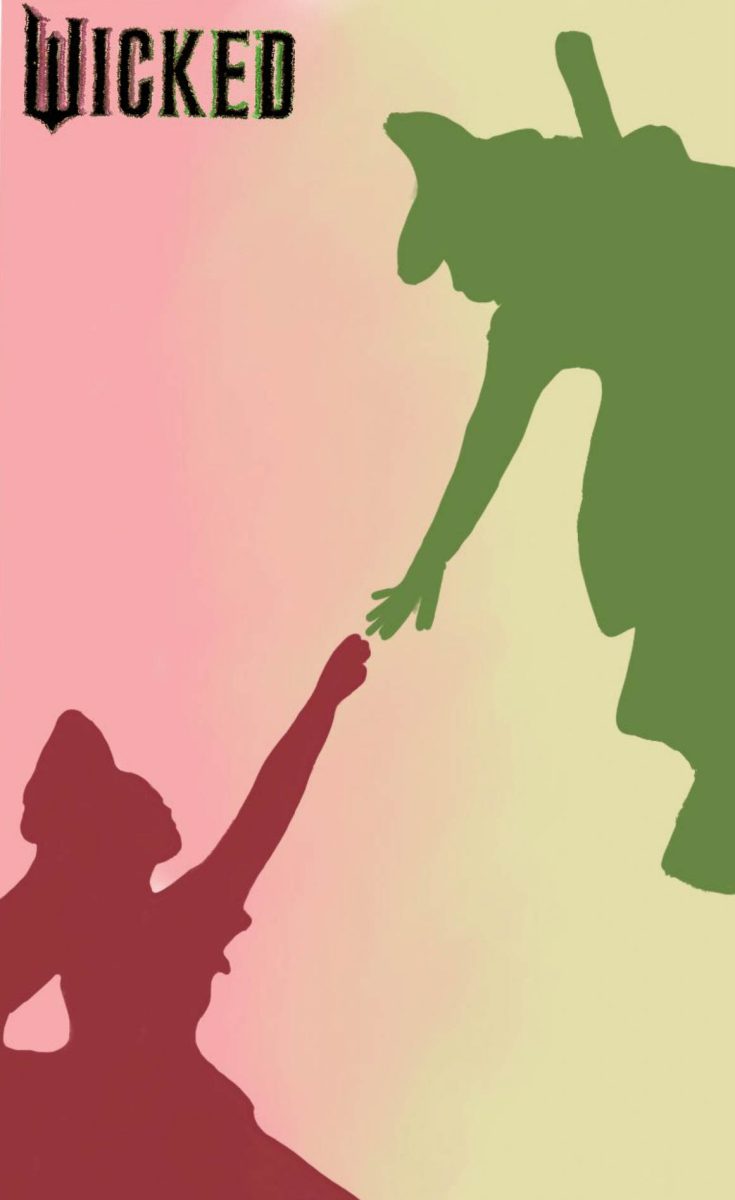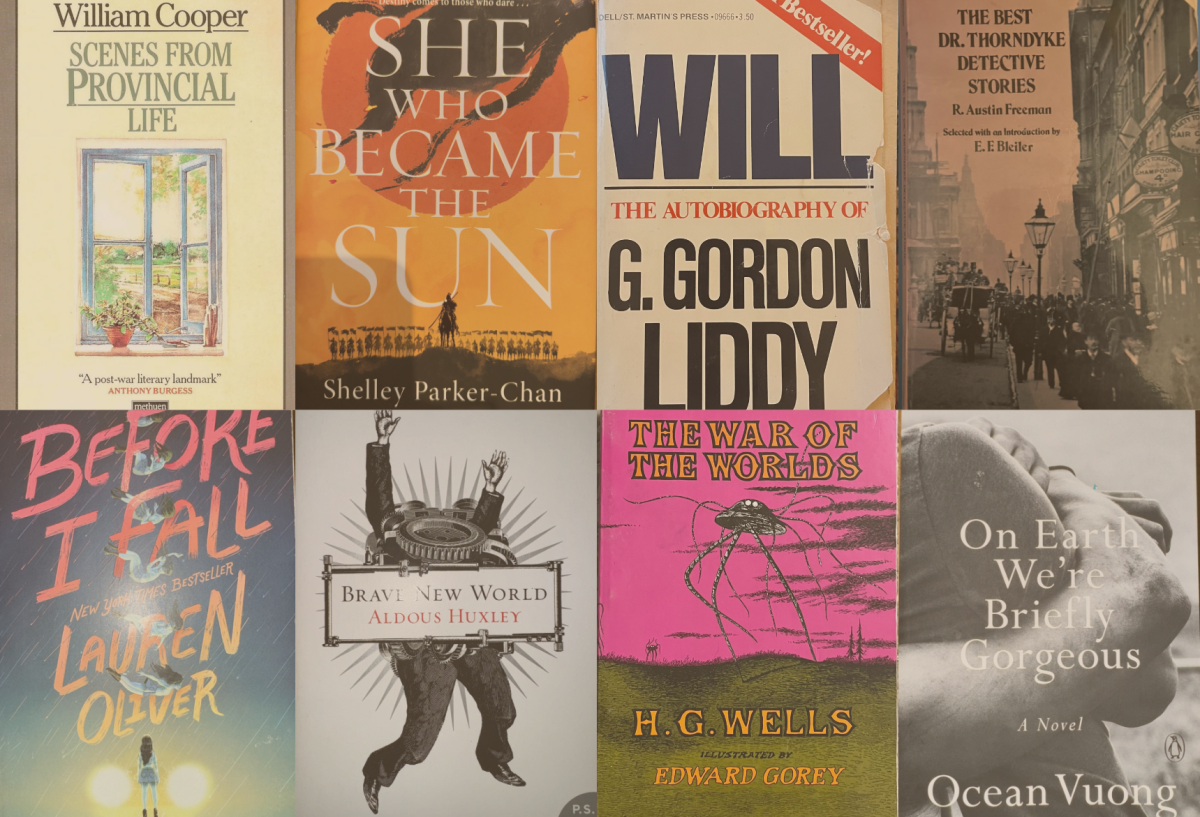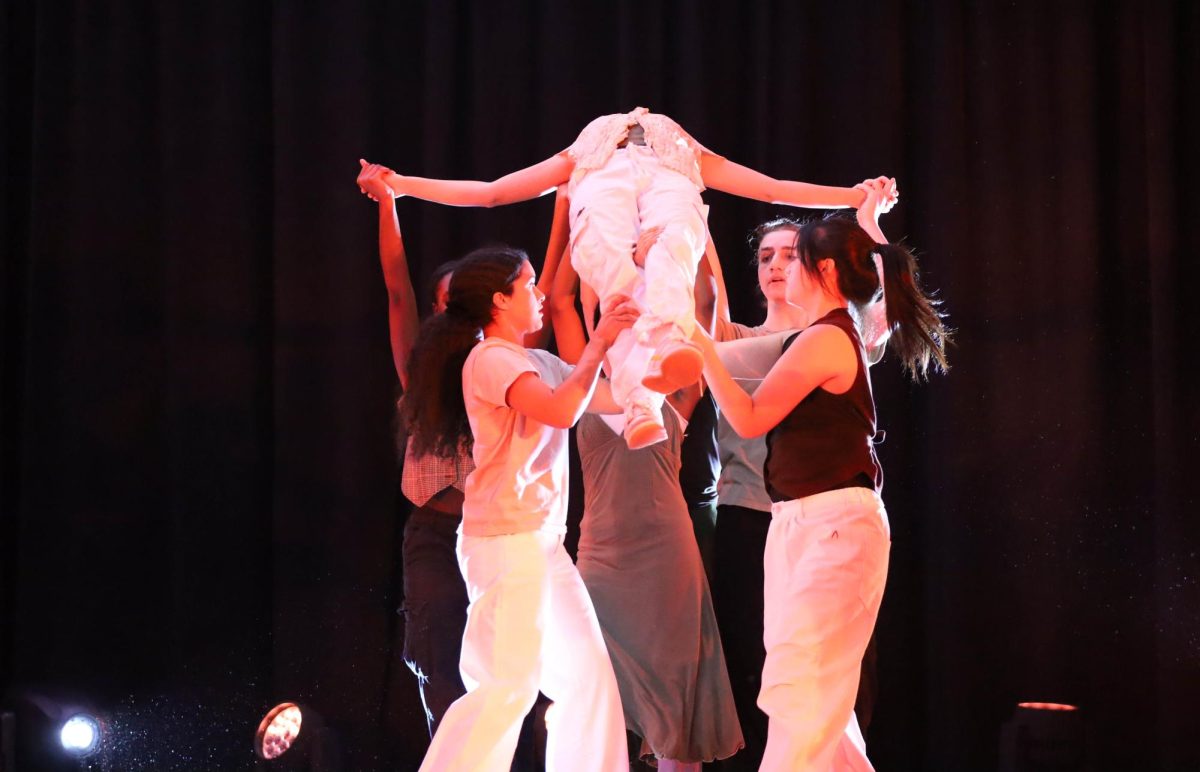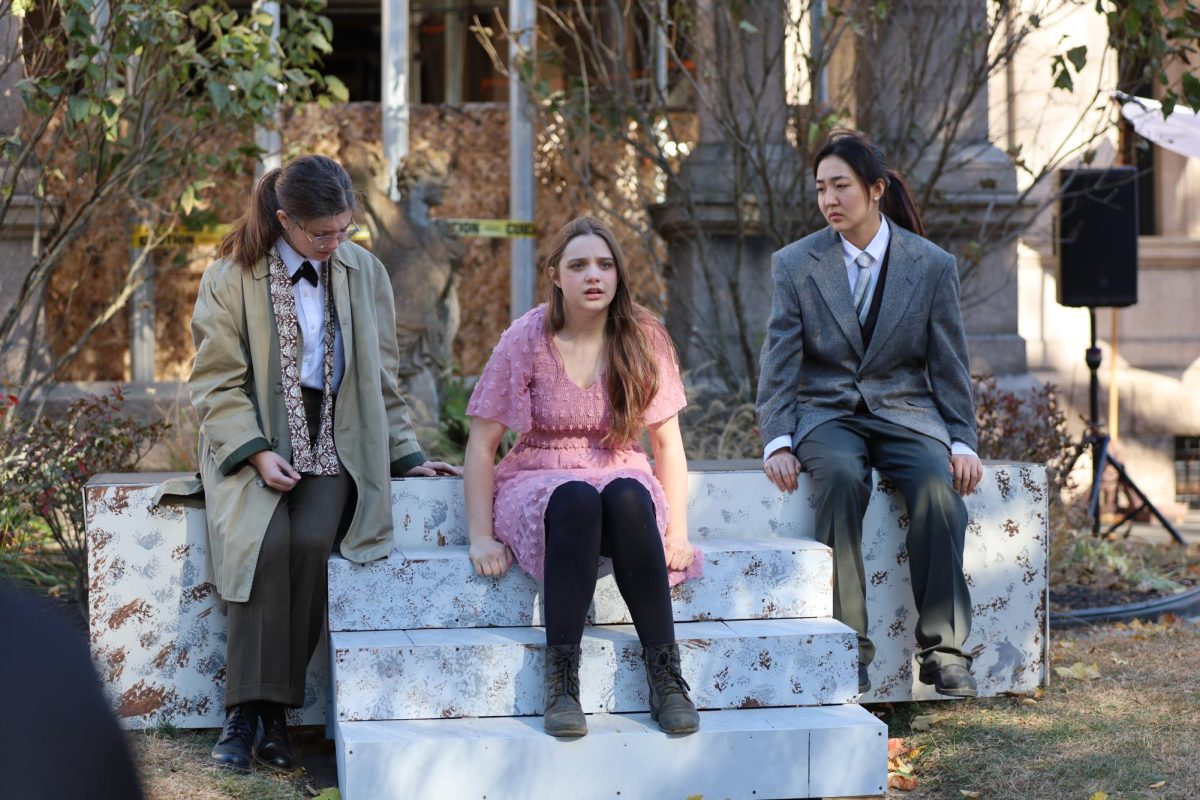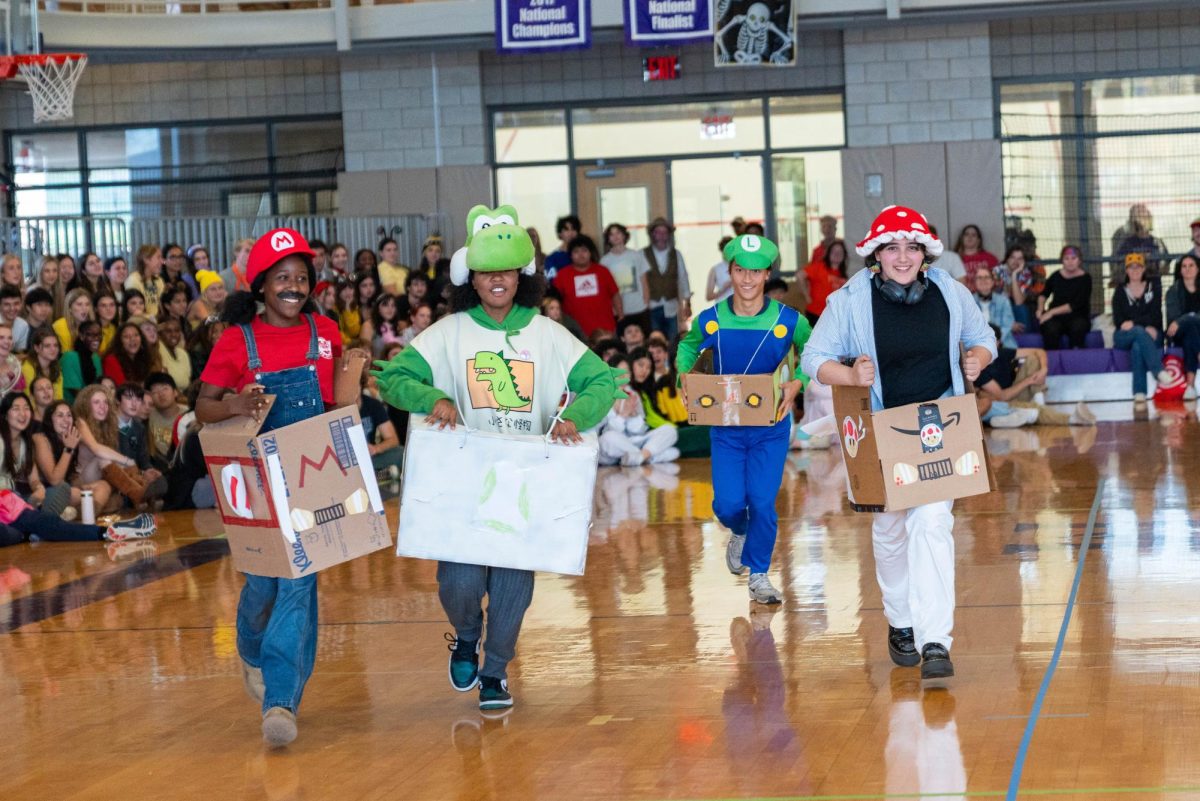Was Saint Valentine a martyred matchmaker defying the Roman king’s love-ban, or a smitten secret message sender? The true story of Saint Valentine is shrouded in mystery; however, there are two historian-cultivated ideas surrounding the holiday and its origins.
One theory places him in the reign of Emperor Claudius II, who believed unmarried men made fiercer soldiers and thus outlawed marriage within the Roman Empire. This defiance may have led Saint Valentine to illegally officiate wedding ceremonies.
Imprisonment for aiding persecuted Christian refugees is what others believe about Saint Valentine. During his captivity, he supposedly fell madly in love with the jailer’s daughter and, as a final gesture, sent her a heartfelt message before his execution, which is considered the first Valentine’s Day “love” note.

Regardless of his romantic legacy, Valentine’s Day has morphed from a historical footnote into a multi-billion-dollar industry powered by consumeristic desires. Red roses, overpriced dinners, and diamond-encrusted expectations lead data analysts to project just under $26 billion spent on Valentine’s Day this year.
According to the Hallmark Corporation, their Valentine’s Day cards were first offered on a small scale in 1913 and were mass-produced in 1916. 100+ years later, Americans send 145 million Valentine’s Day Cards on February 14th each year.
The celebration of love has become increasingly associated with consumerism, raising questions about whether it prioritizes commercial interests over genuine sentiment.
“I don’t know what they [partner and/or friend]would want. I don’t want to get them more or less than they’re getting me,” said Ren Allendorf ‘24, co-president of GALS (Masters’ student-led feminist club), expressing her anxiety about gift-giving for Valentine’s Day. She continued, “It’s like it has to be balanced and it creates a lot of stress around a holiday that’s not really about giving and receiving, it’s about love.”
Romantic expectations set by society and commercial influences can leave individuals feeling obligated to open their wallets wide on Valentine’s Day. Seniors Charley Agranoff and Connor Toporoff-Richman have been in a relationship for two years, and Agranoff reflected on how they celebrate Valentine’s Day.
“If I’m being honest, I’ve probably gotten a little bit more materialistic [in the gifts I give him], but I’d also like to think that that’s made me sway in the direction of doing more handmade and thoughtful things that somebody can keep far more of a memory rather than a materialistic thing,” Agranoff commented.
Individuals without a romantic partner have embraced the trend of celebrating Galentine’s Day with their platonic, female-identifying friends. Gift exchanges, outings, and various other consumer-driven activities characterize Galentine’s Day festivities.
The Greeting Card Association—a community for those part of the industry of greeting cards—reported that their second most popular seasonal cards are ones designated for Valentine’s Day. Additionally, the association noted “Galentine’s Day, often celebrated on February 13, has increased in popularity for the last several years as women are celebrating their female friends the day before Valentine’s Day aka…Galentine’s Day!”
Allendorf mentioned how the pressure to purchase gifts during this time of year can stem from childhood and elementary activities. “I think it’s difficult because when you’re in elementary school the thing is to get everybody a Valentine’s Day gift like you give everybody candy or something. I think that kind of thing translates when you get older and you think, ‘Oh, do I have to get my friends something for Galentine’s Day or Valentine’s Day?’” she said.
In an exclusive interview, Tracy Humphreys, who oversees the influencer programming, Gen Z marketing activities and public marketing for Hallmark Cards, explained that consumer behaviors have evolved over the years around Valentine’s Day.
Humphreys said, “When we think about cards and how people are celebrating, it is about all different types of relationships. Now, it’s not necessarily just those romantic occasions. It can be for anyone, it can be for your girlfriends, it can be for your parents, it can be for your kids and your friends. And so when we think about Valentine’s Day, it’s expanded a little bit more in recent years.”
Historically, Valentine’s Day cards by Hallmark have been geared towards romantic partners. Yet, in recent years their target audience has grown increasingly more diverse.
Valentine’s Day is no longer celebrated with the classic bouquet of peonies and Godiva chocolate box combination. Humphreys believes that people have become more creative in the ways they celebrate Valentine’s Day, especially due to the recognition of several varying sorts of relationships.
“It goes back to that trend about different types of relationships and different types of love. And you may love your romantic partner differently than you love your friends,” she commented.







